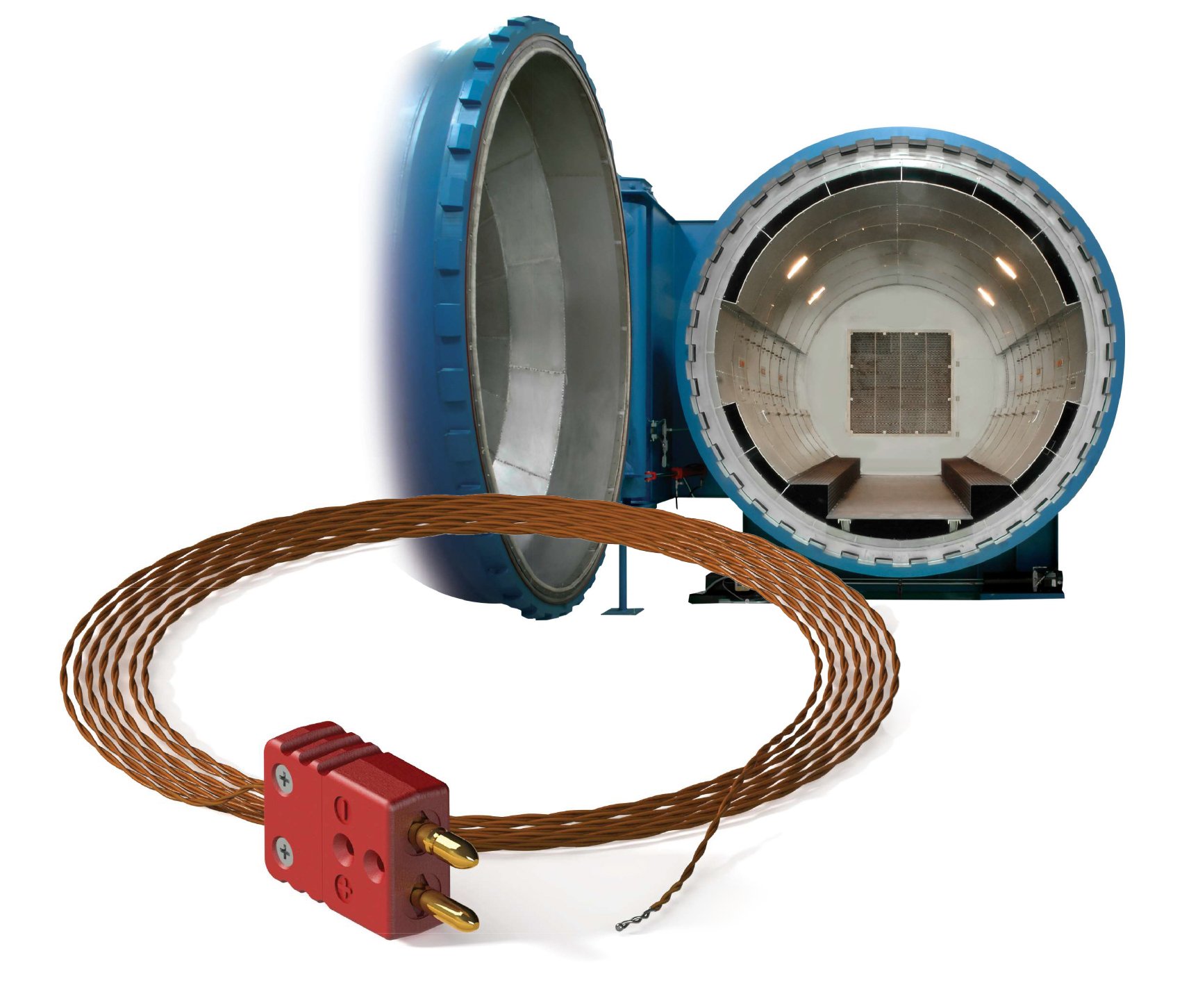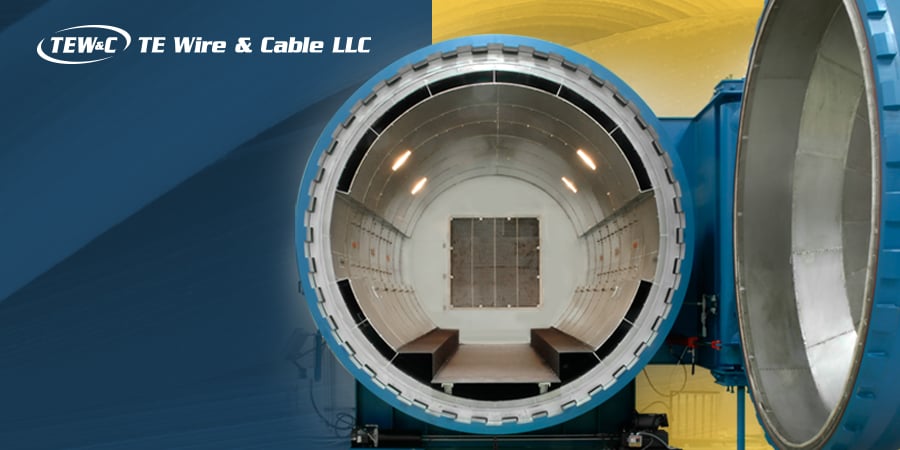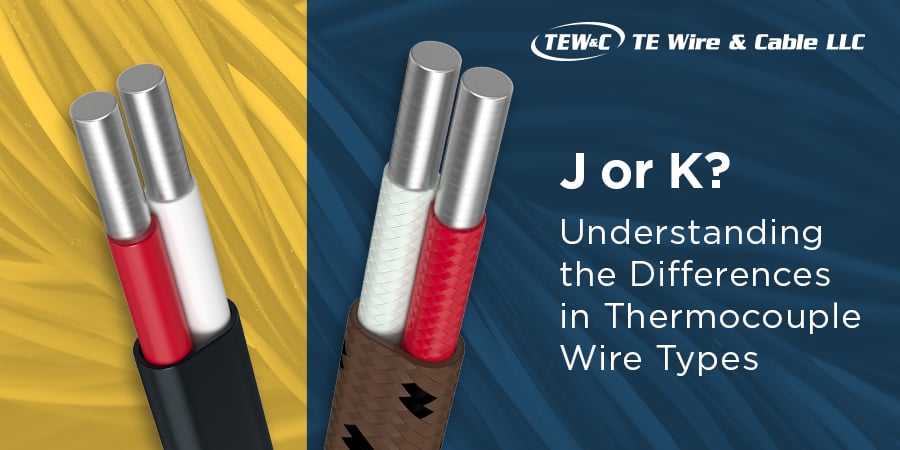Thermocouple (TC) wires are used in a wide range of industries. I have personally worked on some unique projects and it always amazes me how innovative people get especially in the niche applications. For example, one well known aerospace company is designing cryogenic temperature monitoring system utilizing thermocouple wire in space satellites. Cool stuff. Literally.
The TC wire market is not as big as copper or electrical wire, but it’s exciting to see how this proven technology is still being implemented into next generation equipment. TC wire can be found in a diversity of applications – from scientific research in cryogenic temperatures to industrial applications in metallurgy – that require a high temperature tolerance. TC wires are generally very accurate and have a wide range of operating temperatures.
Type K is the high temperature thermocouple of choice among many customers throughout the world. Below are the top three selection factors to keep in mind when making your selection.
Temperature Range
The primary consideration in choosing which TC type to use in your application is the range of temperatures over which the wire is to be used. Type K is the traditional base-metal choice for high temperature work. Type K wires are suitable for use in oxidizing or inert atmospheres at temperatures up to 1260°C (2300°F), however, we must keep in mind the behavior of Type K at the upper ranges. Because TC applications require varying degree of uncertainty*, you will need to know the acceptable range for your application.
Suitability for the conditions of use and expected service life
Type K, Chromel (nickel-10%chromium) (+) vs. Alumel (nickel-6%manganese, silicon and aluminum) (-) identification of these wires during installation is usually made by magnetic response. The positive leg is non-magnetic, while the negative leg shows a magnetic response.
Type K is quite vulnerable to sulfur attack and should not be exposed to sulfur containing atmospheres. It performs best in clean oxidizing atmospheres and is not recommended for use under partially oxidizing conditions, in a vacuum, or when subjected to alternating cycles of oxidation and reduction.
It should be noted that Type N (Nicrosil -vs- Nisil) have been shown to be more stable in an oxidizing atmosphere.
Thermocouple Drift
Another criterion to be considered is known as drift. Type K wires are known to yield accurate temperature measurements in the 1,000°F (538°C) range for short duration exposures. However, after extended exposure in the 650°F (343°C) to 1100°F (593°C) range, Type K material may exhibit a positive drift in readings of up to 6°F (3°C) at 1,000°F (538°C) and as much as 9°F (5°C) at 2,000°F (1093°C). This drifting could prove disastrous in applications such as heat treating where temperatures must be increased gradually and sustained in the drifting range for as little as one hour.
The change in thermoelectric properties is generally attributed to "atomic ordering". When the Type K wire is used in the drifting range, some of the atoms of the positive thermo element rearrange themselves from a random state into an ordered state. This atomic rearrangement changes the EMF output of the conductor. Type K EMF drift causes the temperature reading to appear higher than it actually is. Any error caused by non-stabilized Type K drift is in addition to the initial calibration tolerance deviation of the Type K material. For example, a heat treat operation running at 2,000°F (1093°C) using non-stabilized standard limits Type K material could experience an initial tolerance calibration deviation up to 15°F (9°C) PLUS another 9°F (5°C) drift error, meaning that the process could actually be running 24°F (14°C) lower than the TC EMF output shows. This equates to an error of greater than 1%.

Consider these high temperature TC wire solutions
Two TC wire solutions to consider for high temperature applications are:
- CEFIR® – Ceramic Fiber designed for extreme temperature applications. Ceramic fiber is braided on the individual conductors and the jacket giving a continuous temperature rating up to 2200°F (1204°C). The ceramic fiber is flexible throughout the extended temperature range. The high temperature limit of CEFIR allows it to be used in areas where beaded ceramic or sheathed TC wires were previously specified.
- HG Yarn – Vitreous Silica Fiber are braided on individual conductors and the construction is completed with an overall braid of vitreous silica fiber. The construction is specially designed for continuous extreme temperature application to 1800°F (982°C).
If you have a high temperature wire application that is proving to be a challenge and require a solution to your uncertainty problem, we can help. Put our extensive experience in drift calibration and stabilizing Type K thermocouple wire applications to work for you.
*National Institute of Standards and Technology (NIST) uses the term “uncertainty” as the quantitative measure of inaccuracies.
Learn More: Everything You Wanted to Know About TC Theory and Chemistry (but Were Afraid to Ask)







